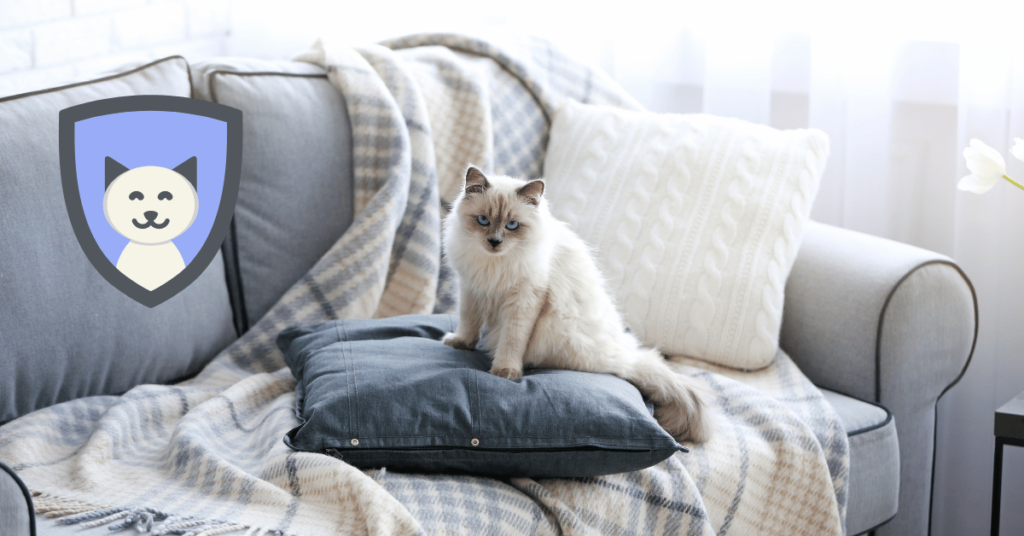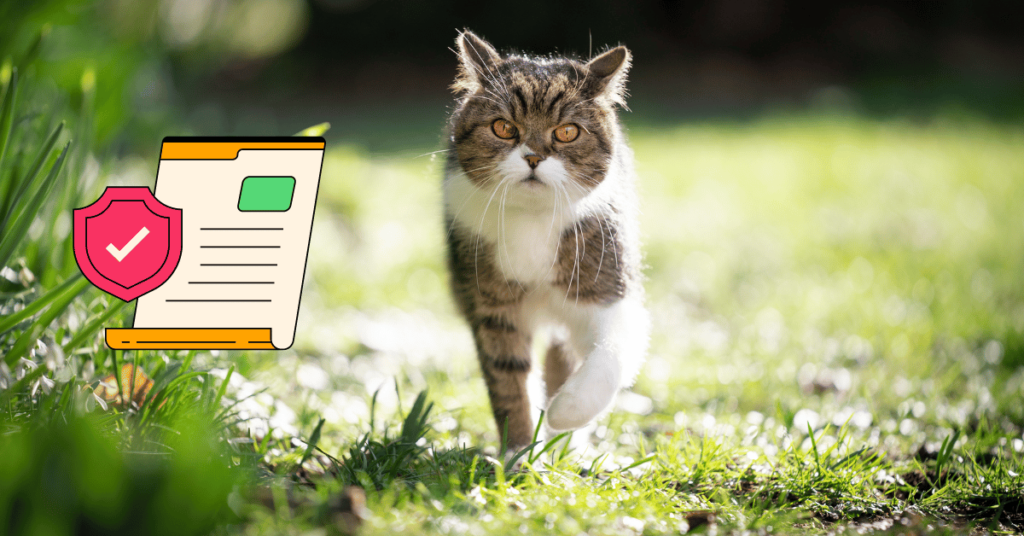Indoor cats live a safer life compared to their outdoor counterparts, but this does not mean they are immune to accidents or health issues. Pet owners often wonder whether getting insurance for an indoor cat is necessary or worth the investment. The answer is a resounding yes. Here’s why pet insurance can be a valuable tool for ensuring your furry friend gets the care they need without placing a financial strain on you.
Why Should You Consider Pet Insurance for Indoor Cats?
Many cat owners assume that because their cat stays indoors, they don’t face many risks. However, indoor cats are still prone to a variety of injuries, illnesses, and age-related health problems. Here are some important reasons why pet insurance for indoor cats is worth considering:
1. Kittens Are Highly Prone to Injury

Kittens are curious creatures, and even indoors, they can get into trouble. Whether it’s climbing too high and falling, getting their tail stuck in a door, or even ingesting something they shouldn’t, young cats can suffer injuries that require medical attention. Broken bones, sprains, and concussions are not uncommon, and these types of accidents can lead to expensive vet bills.
Veterinary care for kitten injuries can include diagnostic tests, surgeries, and follow-up visits, which can easily amount to thousands of dollars. Pet insurance helps cover these unexpected costs, giving you peace of mind during your kitten’s early, mischievous years.
2. Health Risks Are Still Present for Indoor Cats
Even though your cat lives indoors, they are still susceptible to many of the same health issues as outdoor cats. For instance:
- Ingesting toxic substances: Common houseplants like lilies and azaleas are toxic to cats. If your indoor cat ingests a toxic plant, they may require emergency veterinary care, which can be costly.
- Viral infections: You might unknowingly bring home a viral infection after being in contact with another pet outside. Despite being indoors, your cat can still contract illnesses.
- Parasites and insect bites: Fleas, ticks, and mosquitoes can make their way indoors and bite your cat. These bites can cause infections or transmit diseases like heartworm.
Pet insurance can help cover treatments for these conditions, ensuring your cat gets prompt medical care without you having to worry about high costs.
3. Indoor Cats Face a Higher Risk of Certain Health Issues
Indoor cats, due to their more sedentary lifestyle, can face a higher risk of certain health problems, such as:
- Obesity: Without adequate exercise, indoor cats can become overweight, which increases their risk of diabetes, pancreatitis, arthritis, and more.
- Urinary issues: Male cats, in particular, are prone to urinary blockages, which can be life-threatening. The treatment for these blockages can cost thousands of dollars.
- Dental disease: Research shows that between 50% to 90% of cats over four years old suffer from some form of dental disease. Dental issues can lead to painful extractions and infections if left untreated, and dental care can be expensive.
Pet insurance can help cover the cost of treatments for these common conditions, making sure your cat remains healthy and happy indoors.
4. The Cost of Pet Care Increases with Age

As your indoor cat ages, they become more susceptible to chronic diseases such as kidney disease, hyperthyroidism, and cancer. These conditions often require ongoing treatments, regular bloodwork, and medications, which can add up over time. For example:
- Kidney disease: Treatment may include special diets, frequent blood tests, and medications.
- Cancer: The cost of cancer treatments, such as chemotherapy and radiation, can range from $3,000 to $10,000, depending on the type and severity of the illness.
Having pet insurance in place ensures you can afford long-term care for your aging cat, reducing the financial burden while allowing your pet to live a comfortable and healthy life.
5. Indoor Cat Insurance Promotes Routine Care
Routine veterinary visits can help detect potential health problems early, which can improve your cat’s prognosis and reduce the cost of treatment in the long run. Many pet insurance policies include wellness coverage that helps pay for:
- Routine checkups
- Vaccinations
- Dental cleanings
- Flea and tick prevention
- Heartworm medications
By covering these routine care expenses, pet insurance encourages cat owners to take their pets to the vet regularly, which promotes longevity and improves their quality of life.
Is Pet Insurance Really Worth It?
While no one can predict when a health issue or accident will arise, having pet insurance for your indoor cat ensures that you are financially prepared for any unexpected medical expenses. Without insurance, many pet owners find themselves facing thousands of dollars in vet bills, especially when their cat experiences a sudden injury or illness. With a small monthly premium, you can mitigate these costs and provide your cat with the best possible care.
Additionally, most pet insurance plans are flexible, allowing you to choose a level of coverage that fits your needs and budget. Accident-only policies, for example, are more affordable and still cover many of the most common issues indoor cats face.
Conclusion
Pet insurance for indoor cats is definitely worth it. Whether you have a playful kitten, an active adult cat, or a senior cat facing age-related health problems, pet insurance offers peace of mind by covering the costs of unexpected vet bills. Cats may not express pain or discomfort until a condition becomes serious, so it’s essential to have a plan in place that allows for prompt treatment.
With pet insurance, you can rest assured knowing that your indoor cat will have access to high-quality veterinary care, whenever they need it, without breaking the bank.
So that was all about this article. If you have any further questions feel free to comment down below. We are always here to help you!




